Travel Japan
Across 2023 some of the world’s most important people will travel to Japan for the G7 Ministerial Conferences. Tabea Greuner profiles the incredible places that will host them
One of the most important events in the global 2023 calendar, the 49th edition of the G7 Summit takes place in Hiroshima from May 19 to 21. Representatives of Japan, France, the US, the UK, Germany, Italy, and Canada, as well as the presidents of the European Council and European Commission will come together to exchange views on the world economy, regional affairs, and various global issues.
Situated in the southwestern part of Honshu, Japan’s main island, Hiroshima was the first of two Japanese cities that were devastated by atomic bombing during World War II. Now, nearly eight decades later, the city has been chosen as the site for this year’s summit to emphasize the G7’s commitment against nuclear weapons and armed aggression.
Throughout 2023, fourteen G7 Ministerial Conferences will be held across Japan—from Sapporo in the north to Miyazaki in the south—with ministers discussing issues related to climate, energy, the environment, gender equality, women’s empowerment, technology, and much more.
The conferences take place in some of the country’s most scenic regions and cities and, traveling north to south, we’ve compiled a special guide on the best things to see, do, and eat in each of them.
Jump to:
Sapporo, Hokkaido
Sendai, Miyagi
Niigata city, Niigata
Nikko, Tochigi
Mito, Ibaraki
Takasaki, Gunma
Karuizawa, Nagano
Toyama and Ishikawa
Shima, Mie
Osaka city, Osaka
Takamatsu, Kagawa
Kurashiki, Okayama
Miyazaki city, Miyazaki
Nagasaki city, Nagasaki
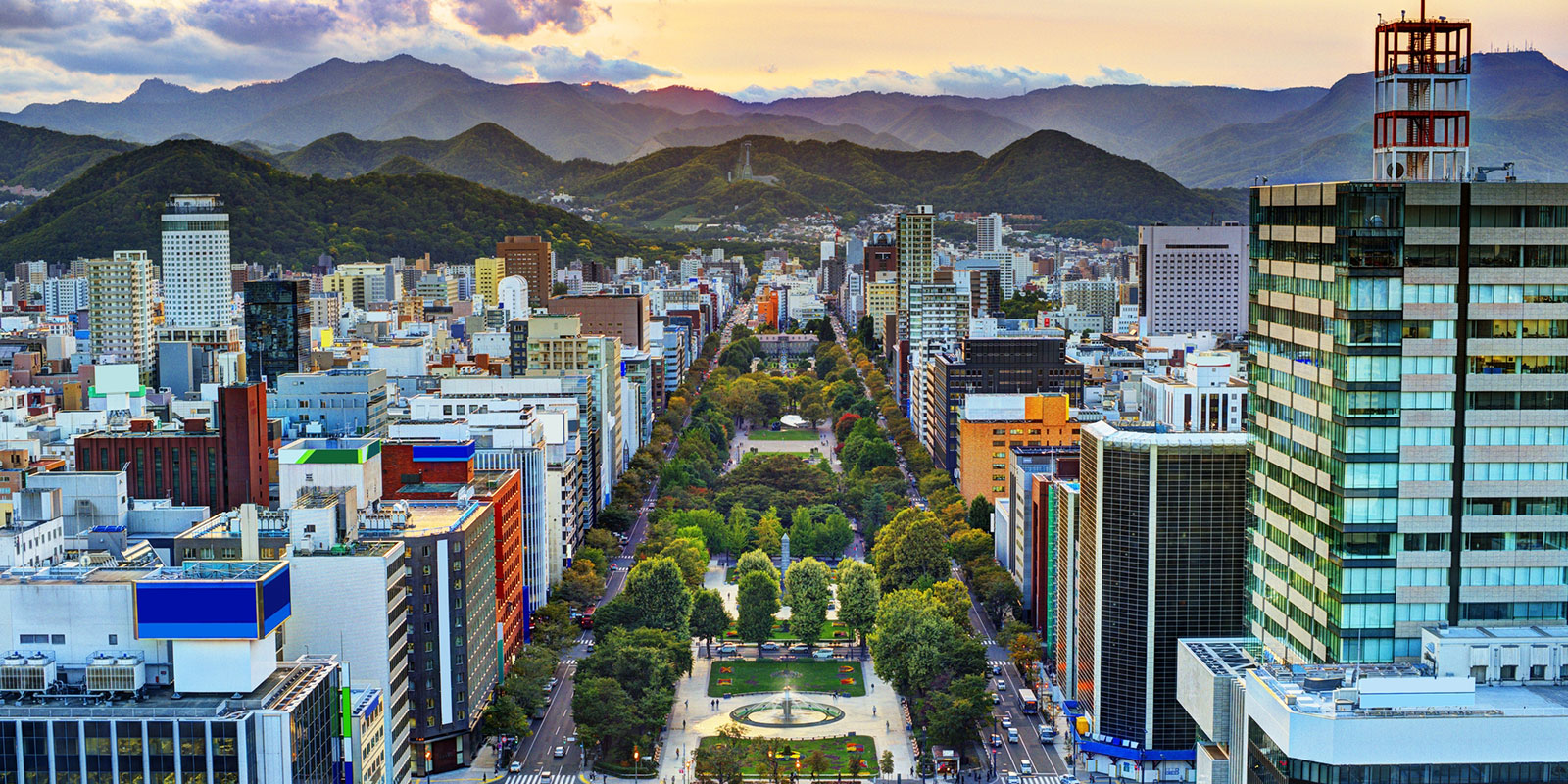 View of Odori Park in Sapporo | Sean Pavone/Dreamstime
View of Odori Park in Sapporo | Sean Pavone/Dreamstime
Sapporo, Hokkaido
Ministerial Conference on Climate, Energy and Environment, April 15-16
The lowdown:
Hokkaido, the northernmost of Japan’s four main islands, is known for its abundant nature and scenic landscapes, including Mt. Yotei, an active stratovolcano with an uncanny resemblance to the majestic Mt. Fuji. Hokkaido’s capital Sapporo became the island’s administrative center at the beginning of the Meiji era (1868-1912) and boasts a rectangular street system, complete with a number of historic buildings influenced by architectural styles from abroad. The city gained worldwide recognition as the site of the 1972 Winter Olympics.
Why you should go:
Sapporo is known for its high-quality seafood, which is best enjoyed fresh at the local Nijo Fish Market in the morning. Devour a donburi rice bowl for breakfast, topped with sea urchin, salmon roe, squid, scallops and more. If seafood isn’t your thing, visit one of the many ramen eateries in the city. Most of these specialize in miso broth noodle bowls, a dish best paired with a pint of local Sapporo beer.
Don’t miss:
When the snow melts in late spring, Sapporo’s central Odori Park turns into a lush green space decked out in colorful blooms—the perfect place for a pleasant stroll.
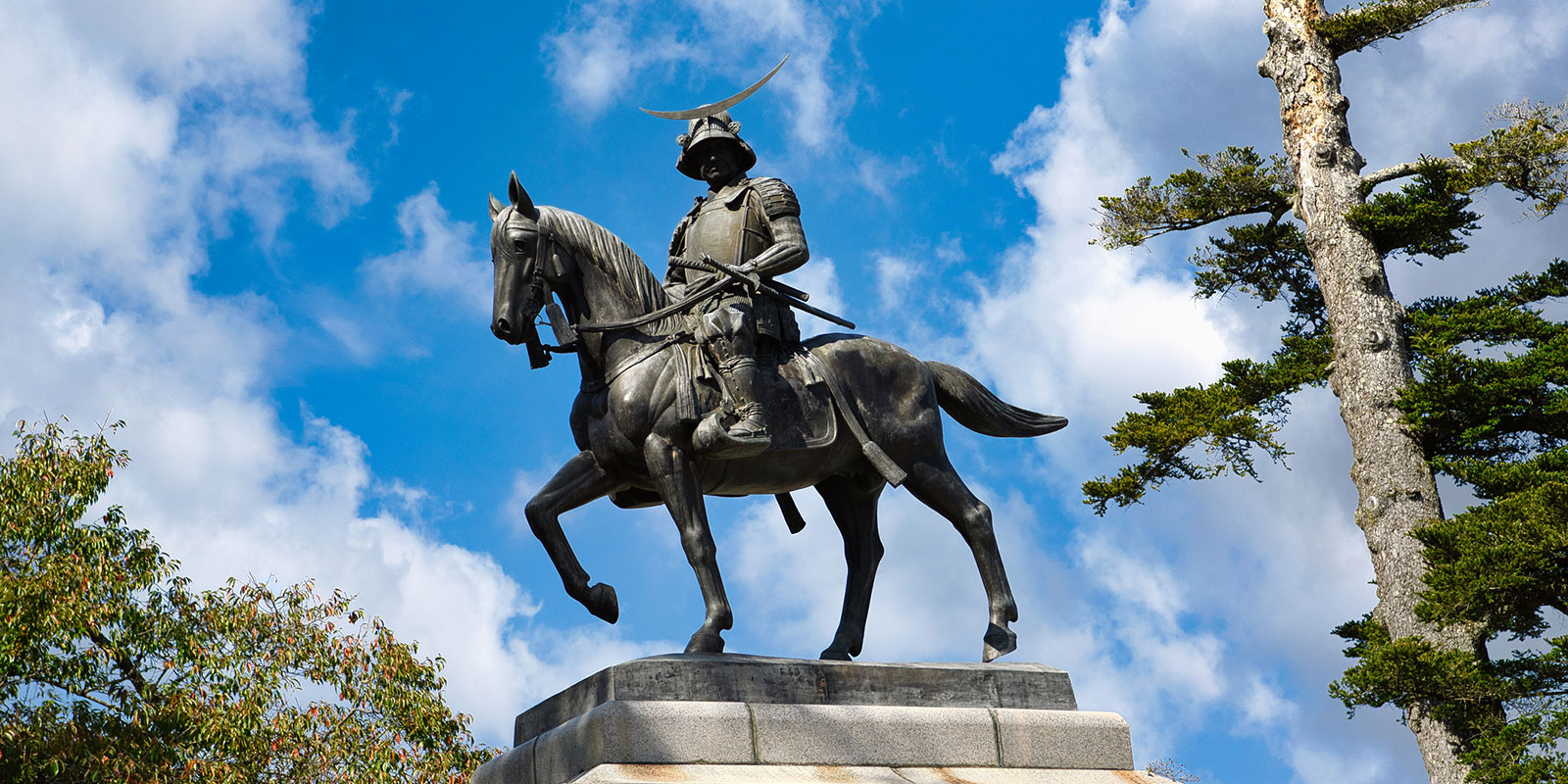 Equestrian monument of Date Masamune | Niphon Sangwanmanon/Dreamstime
Equestrian monument of Date Masamune | Niphon Sangwanmanon/Dreamstime
Sendai, Miyagi
Ministerial Conference on Science and Technology, May 12-14
The lowdown:
Sendai is the capital of Miyagi prefecture and the largest city in the northeastern Tohoku region. It’s only a 90-minute shinkansen ride from Tokyo, making it a convenient weekend getaway.
Why you should go:
Sendai was founded in 1600 by one of the country’s most powerful feudal lords, Date Masamune. One of the city’s top attractions is his mausoleum, a colorful structure adorned with gold and detailed woodwork. Head to the former site of Sendai Castle to admire an equestrian monument of the warlord himself, dressed in armor and wearing his signature crescent moon-bearing helmet. At the nearby museum, you can see the real deal: Masamune’s original suit of armor.
Don’t miss:
Try the local specialty gyutan, thinly sliced beef tongue grilled over charcoal. It’s served as is or placed on top of a rice bowl—itadakimasu!
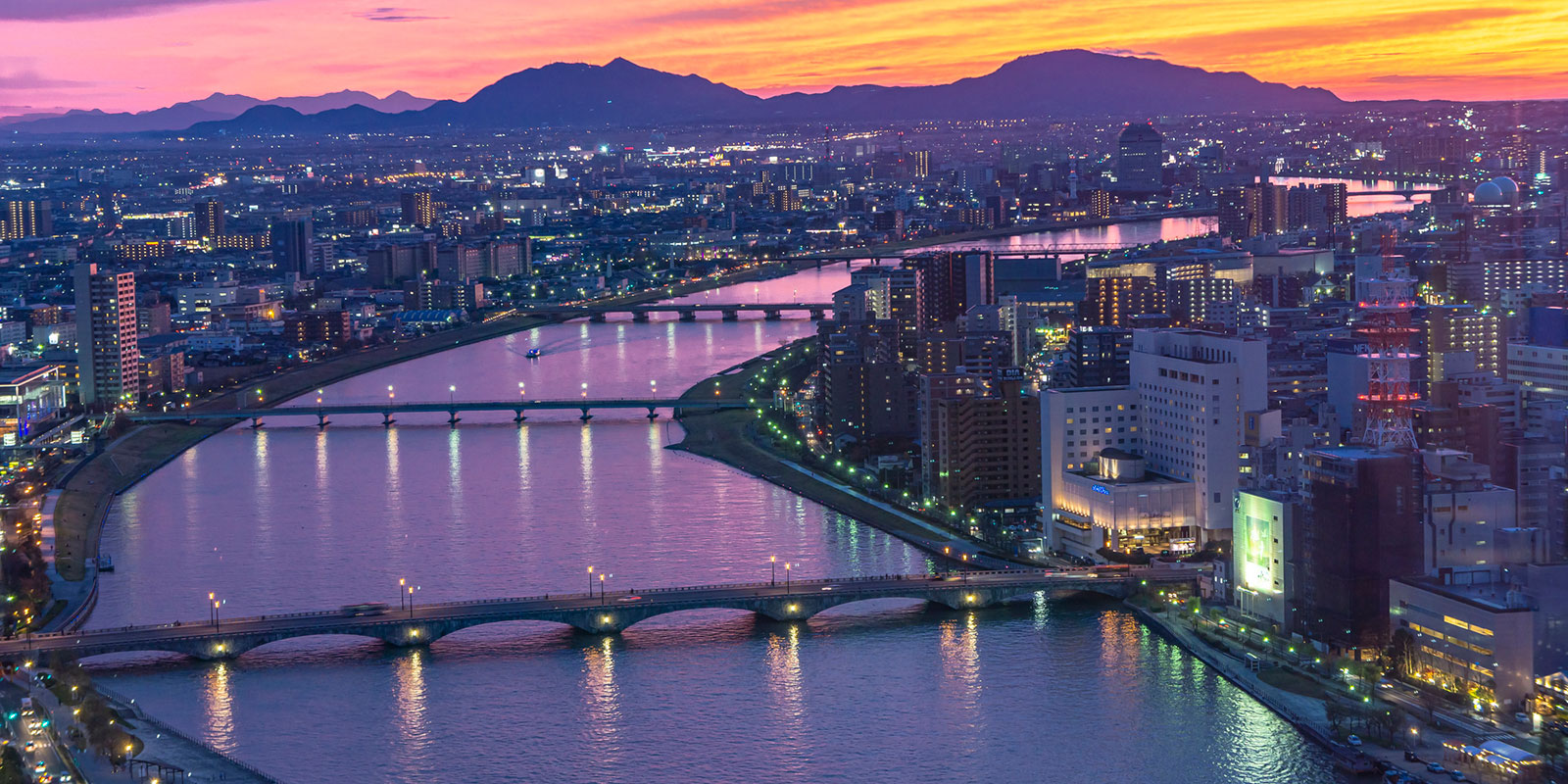 View of Niigata city | Mugimaki/Pixta
View of Niigata city | Mugimaki/Pixta
Niigata city, Niigata
Meeting of Finance Ministers and Central Bank Governors, May 11-13
The lowdown:
Niigata prefecture is located on the west coast of Honshu. The area is known as one of the country’s top producers of high-quality rice thanks to natural conditions that are considered ideal for cultivating the staple grain. The prefectural capital of Niigata is often referred to as the City of Water due to the Shinano and Agano rivers flowing through the city.
Why you should go:
Aside from fluffy rice, delicious sake and fresh seafood, the seaside city boasts a few beautiful buildings influenced by foreign designs. The symbol of the city is the Bandai Bridge that crosses the Shinano River. The current version with its six arches was built in 1929 and is designated an Important Cultural Property. It’s especially scenic when lit up at night.
Don’t miss:
Niigata city is the gateway to the prefecture’s mountainous Echigo region, noted for its hot springs, ski resorts, and bountiful nature.
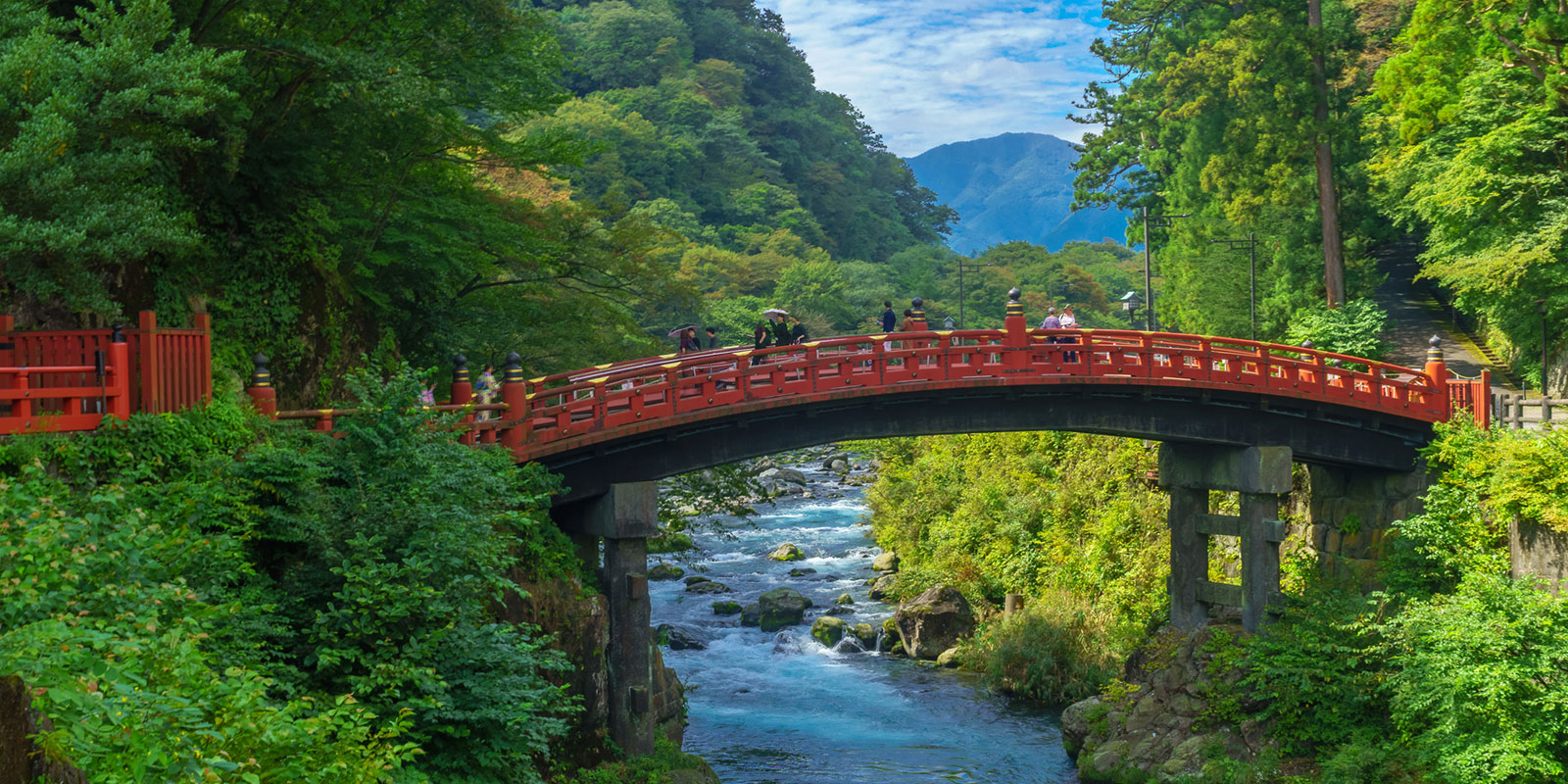 Shinkyo Bridge at the entrance to Nikko’s shrines and temples | Rndmst/Dreamstime
Shinkyo Bridge at the entrance to Nikko’s shrines and temples | Rndmst/Dreamstime
Nikko, Tochigi
Ministerial Conference on Gender Equality and Women’s Empowerment, June 24-25
The lowdown:
One of Japan’s few landlocked prefectures, Tochigi’s most frequented travel destination is Nikko. The small town is famous for its many ancient shrines and temples, which are collectively designated a UNESCO World Heritage Site. Nikko is only two hours north from Tokyo, making it a popular sightseeing destination.
Why you should go:
Nikko is the gateway to Nikko National Park, known for its scenic mountainous landscapes, lakes, and waterfalls. Both domestic and international travelers flock to the town to visit the vast shrine complex dedicated to Tokugawa Ieyasu, the founder of the Tokugawa shogunate, which ruled Japan between 1603 and 1867. The structures are embellished with elaborate woodwork and gold elements.
Don’t miss:
A visit to Nikko isn’t complete without getting a taste of the town’s local specialty, yuba. Also known as tofu skin, it’s made by scooping the skin off boiling soy milk. Yuba is usually served as is, but is also tasty when fried.
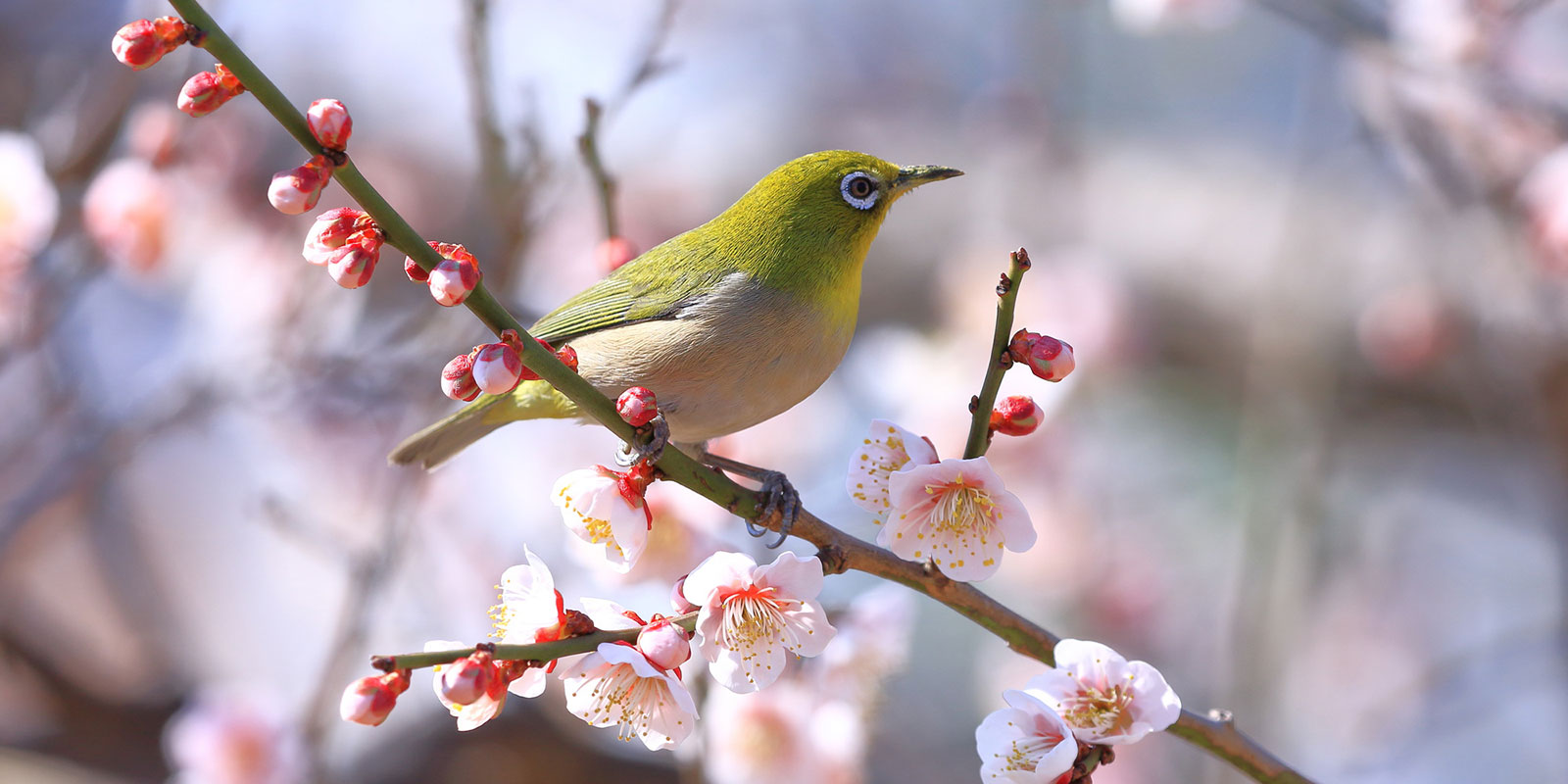 A Japanese white-eye sitting among plum blossoms | Arikura Machiko/Pixta
A Japanese white-eye sitting among plum blossoms | Arikura Machiko/Pixta
Mito, Ibaraki
Ministerial Conference on Internal Affairs and Security, December 8-10
The lowdown:
Ibaraki prefecture is part of the greater Tokyo area and is home to scenic landmarks such as Lake Kasumigaura and Mt. Tsukuba. The prefectural capital is Mito, about 90 minutes by train from Tokyo Station.
Why you should go:
Mito’s main attraction is the vast Kairakuen, a traditional Japanese garden considered one of the country’s three finest. Created in the mid-19th century, it’s especially picturesque during early spring when plum trees bloom in white, pink and red. You’ll also find a bamboo grove and a three-storied pavilion on the premises.
Don’t miss:
Eat like the locals and try natto, fermented soy beans. Mito is well known for this nutrient-rich food that’s commonly eaten over rice for breakfast.
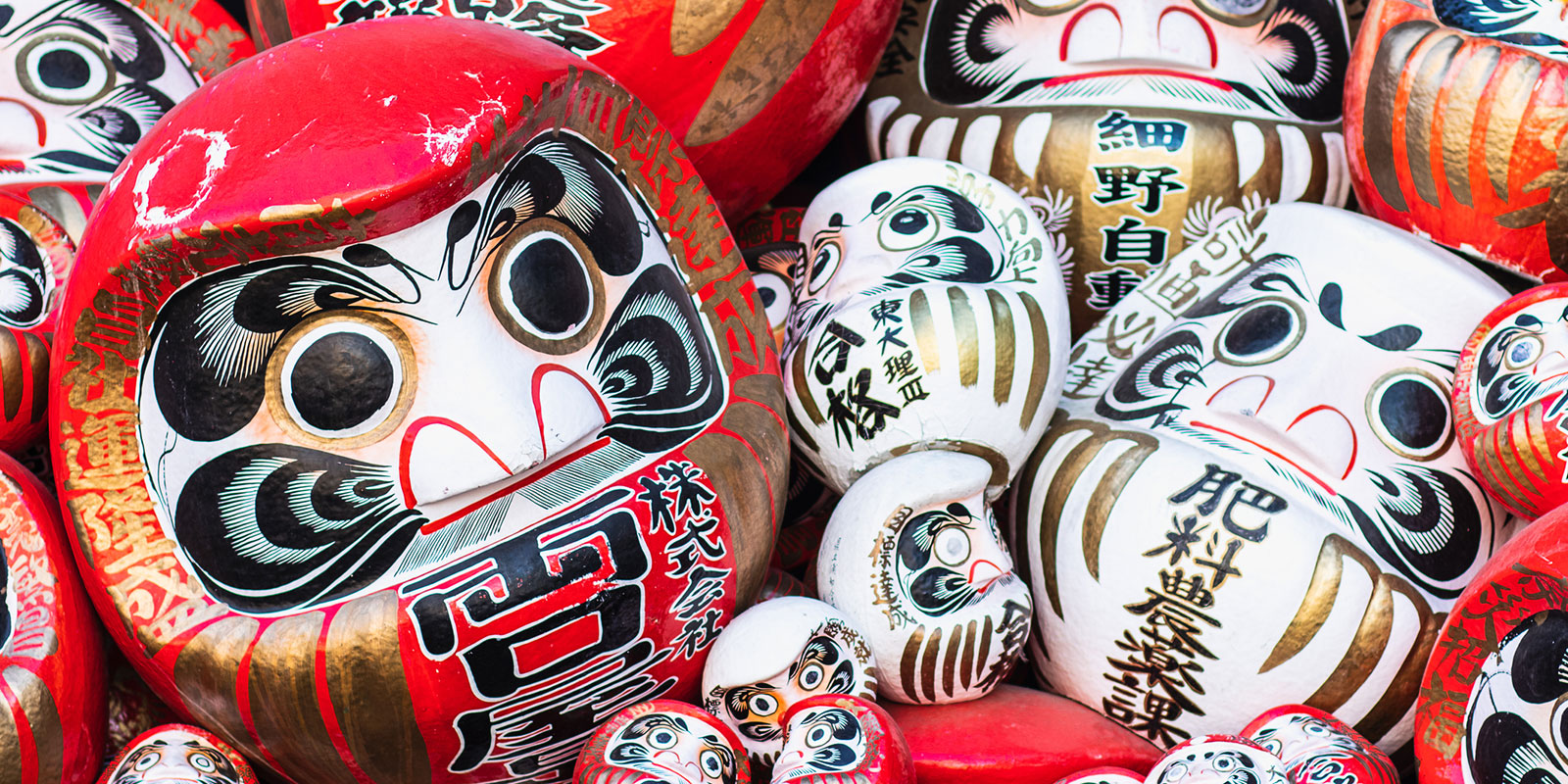 Daruma dolls | Kannapon/Dreamstime
Daruma dolls | Kannapon/Dreamstime
Takasaki, Gunma
Ministerial Conference on Digitization and Technology, April 29-30
The lowdown:
Landlocked Gunma prefecture is famous for its hot spring resorts and ski areas, with Takasaki being the largest city in the region.
Why you should go:
Takasaki is overlooked by a more than 40-meter-tall statue of the bodhisattva Kannon. Visitors can climb the monument from the inside and enjoy panoramic views of the city. In spring, the structure is surrounded by pastel pink cherry blossoms. Takasaki is also known as the hometown of daruma dolls. These round, traditionally red-painted tumbling dolls are believed to bring good luck. They come with blank eyes—you’ll paint one eye when making a wish, and complete the other when your wish has been granted.
Don’t miss:
Probably not a dish you would associate with Japanese cuisine, but Takasaki is known for its pasta and often referred to as Pasta Town. Gunma prefecture is one of Japan’s top wheat-growing areas, and you can taste homemade pasta at many restaurants across the city.
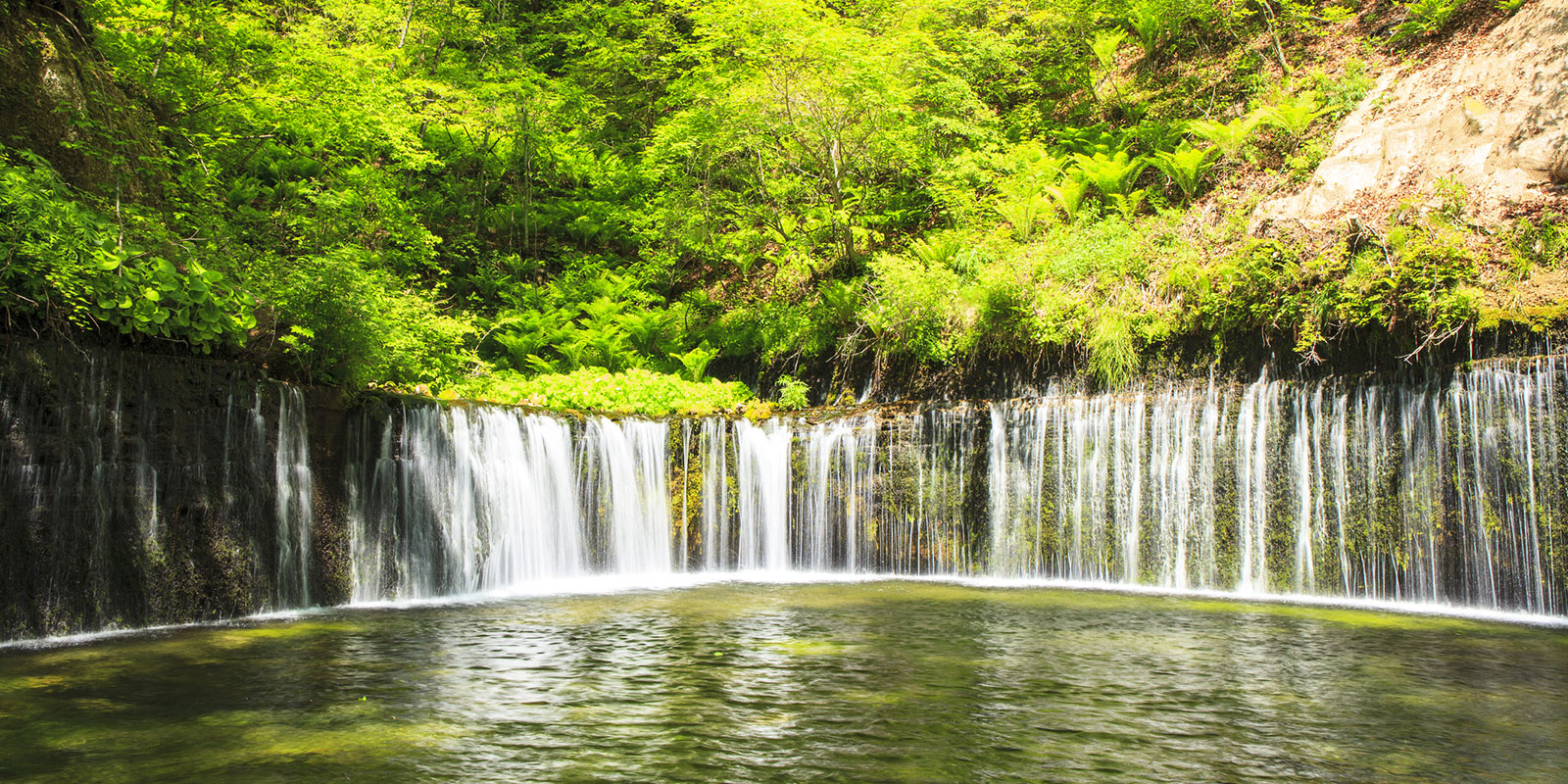 Shiraito Waterfall | Norikazu/Dreamstime
Shiraito Waterfall | Norikazu/Dreamstime
Karuizawa, Nagano
Ministerial Conference on Foreign Affairs, April 16-18
The lowdown:
The site of the 1998 Winter Olympics, Nagano prefecture is one of Japan’s top destinations for winter sports. The picturesque town of Karuizawa is one of the prefecture’s most popular ski resorts and a well-frequented year-round holiday destination for Tokyoites—it’s only a 70-minute shinkansen ride from the capital. The nature escape offers everything from golf, hiking and cycling in summer to skiing and ice skating in winter.
Why you should go:
Karuizawa gained popularity in the late 19th century when foreign residents of Tokyo, including diplomats, scholars, and priests, traveled to the town in summer due to its cooler climate. Many of the beautiful Western-style buildings and churches built at that time can still be visited today.
Don’t miss:
Karuizawa is best visited in spring, when the lush greenery takes over the town’s forest areas. Nestled in the forest north of Karuizawa, you’ll find the scenic Shiraito Waterfall. At 70 meters wide and three meters high it makes for stunning photo ops. At the parking lot leading to the waterfall you can pick up different snacks, including salt-grilled char fish or oyaki dumplings with different fillings.
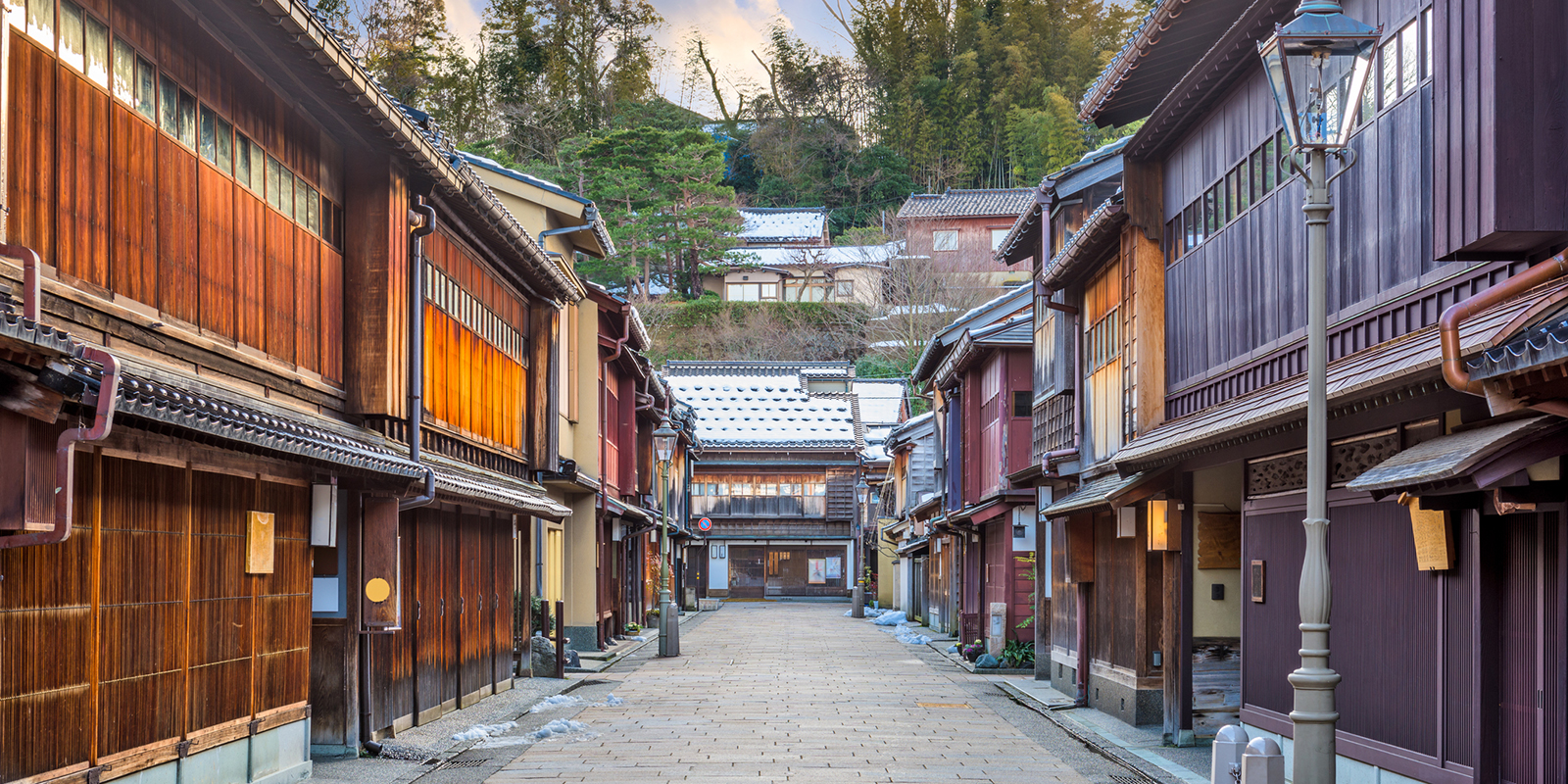 Kanazawa’s Higashi-Chaya area | Sean Pavone/Dreamstime
Kanazawa’s Higashi-Chaya area | Sean Pavone/Dreamstime
Toyama and Ishikawa
Ministerial Conference on Education, May 12-15
The lowdown:
Neighboring prefectures Toyama and Ishikawa are located along the coast of the Sea of Japan and are both part of the country’s historic Hokuriku region.
Why you should go:
Take a stroll in Toyama city’s beautiful castle park, complete with a reconstructed keep and a beautiful garden. It’s especially scenic during cherry blossom season. Kanazawa, the capital of Ishikawa prefecture, offers a range of sightseeing options, including samurai homes in the picturesque Nagamachi district and old townhouses in the Higashi-Chaya area. Kanazawa is known as Japan’s main producer of gold leaf. You can join workshops across the city and decorate your own lacquer box with the delicate material.
Don’t miss:
Thanks to the seaside location, both prefectures’ culinary specialty is seafood. Toyama is known for its masuzushi, a type of pressed sushi made with salted trout salmon and vinegared rice, wrapped in bamboo leaves and packed in a circular splint box. Ishikawa, on the other hand, is famous for its snow crab, which is best enjoyed boiled or grilled.
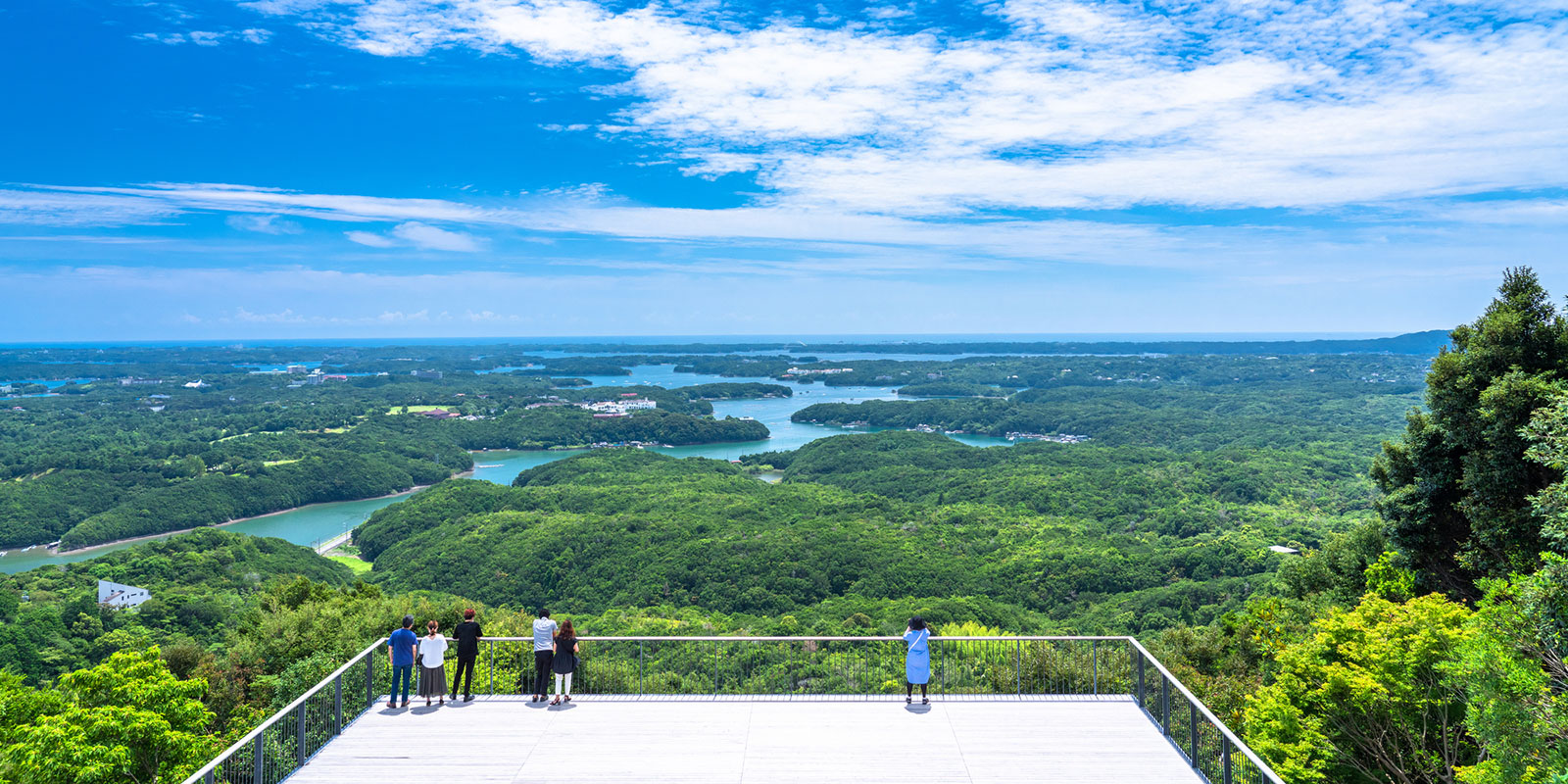 Shima’s Ago Bay area as seen from Yokoyama Observation Deck within Ise-Shima National Park | Pixta
Shima’s Ago Bay area as seen from Yokoyama Observation Deck within Ise-Shima National Park | Pixta
Shima, Mie
Ministerial Conference on Transport, June 16-18
The lowdown:
Mie prefecture’s seaside city of Shima is surrounded by unspoiled nature thanks to its location adjacent to Ise-Shima National Park. The city hosted the 42nd G7 Summit in 2016.
Why you should go:
Shima’s Koushirahama Beach is one of the best surfing spots in the area, with plenty of cozy restaurants and cafes to be found in the vicinity. During the evening hours, visit Bindama Road, a path along the seashore lined by bindama—glass buoys traditionally used for fishing which are beautifully illuminated after dark.
Don’t miss:
Abalones are a specialty of Shima, traditionally hand-picked by local ama (female divers who collect shells and seaweed). They are available between April and September, and are best enjoyed grilled in their shells or as sashimi.
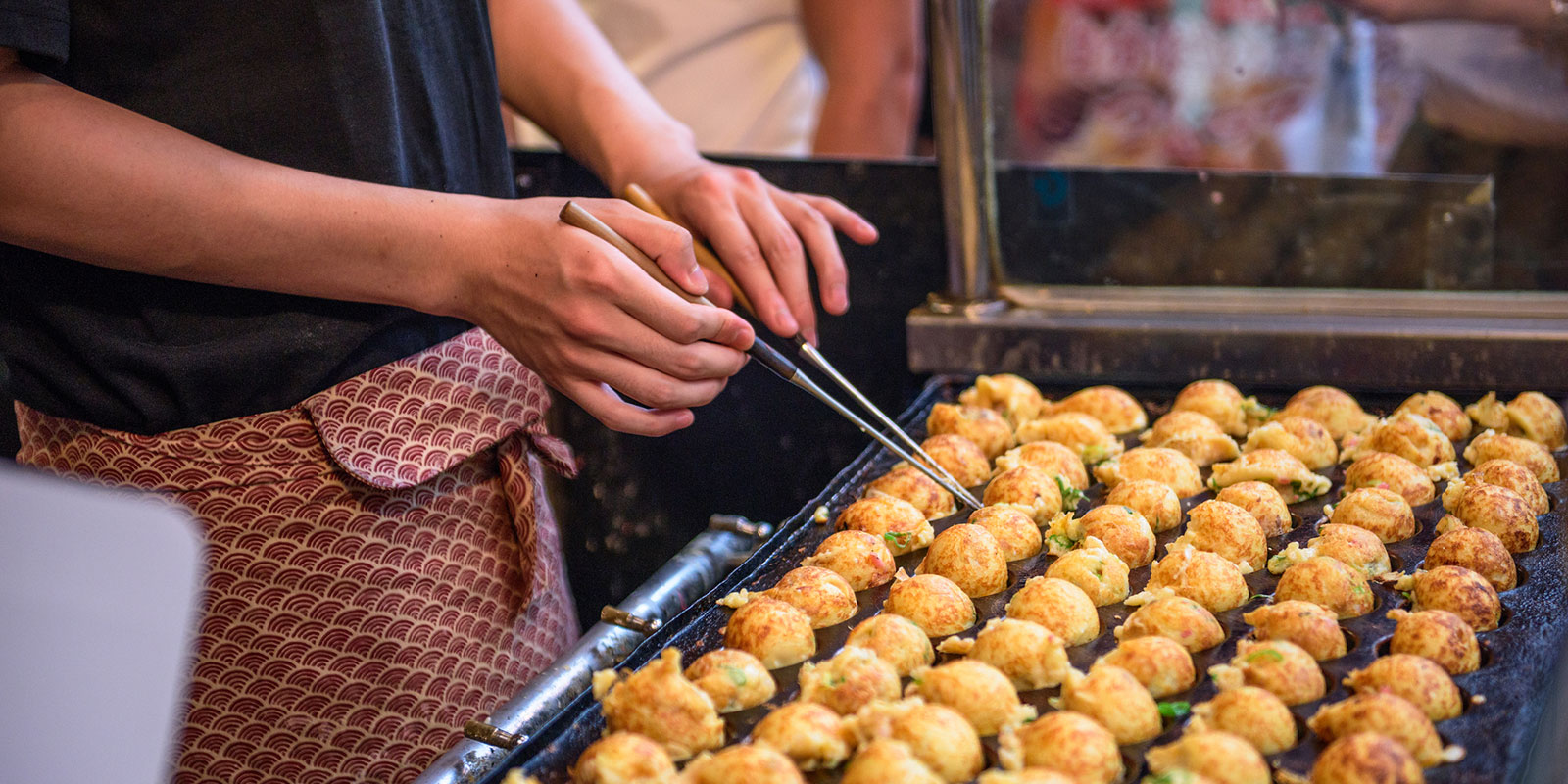 Osaka’s soul food takoyaki | Sean Pavone/Dreamstime
Osaka’s soul food takoyaki | Sean Pavone/Dreamstime
Osaka city, Osaka
Ministerial Conference on Foreign Trade, October 28-29
The lowdown:
Osaka is Japan’s second-largest metropolitan area after Tokyo and the site for Expo 2025. The city of Osaka can be reached within two and a half hours from Tokyo by shinkansen. Compared to the capital, Osaka has a more relaxed vibe with a popular nightlife and street food culture, centered around the city’s Dotonbori area.
Why you should go:
The restored 16th-century Osaka Castle is one of the city’s most popular attractions. Visitors can explore the inside of the structure and enjoy panoramic views of the city from its top. In spring, the castle park is bathed in pastel pink cherry blossoms.
Don’t miss:
A visit to Osaka isn’t complete without tasting the city’s soul food, takoyaki. These octopus dumplings are often sold at roadside stalls and are traditionally served in little boat-shaped dishes. They come in portion sizes of six or eight dumplings, and are topped with a special sauce, mayonnaise, green laver, and bonito flakes.
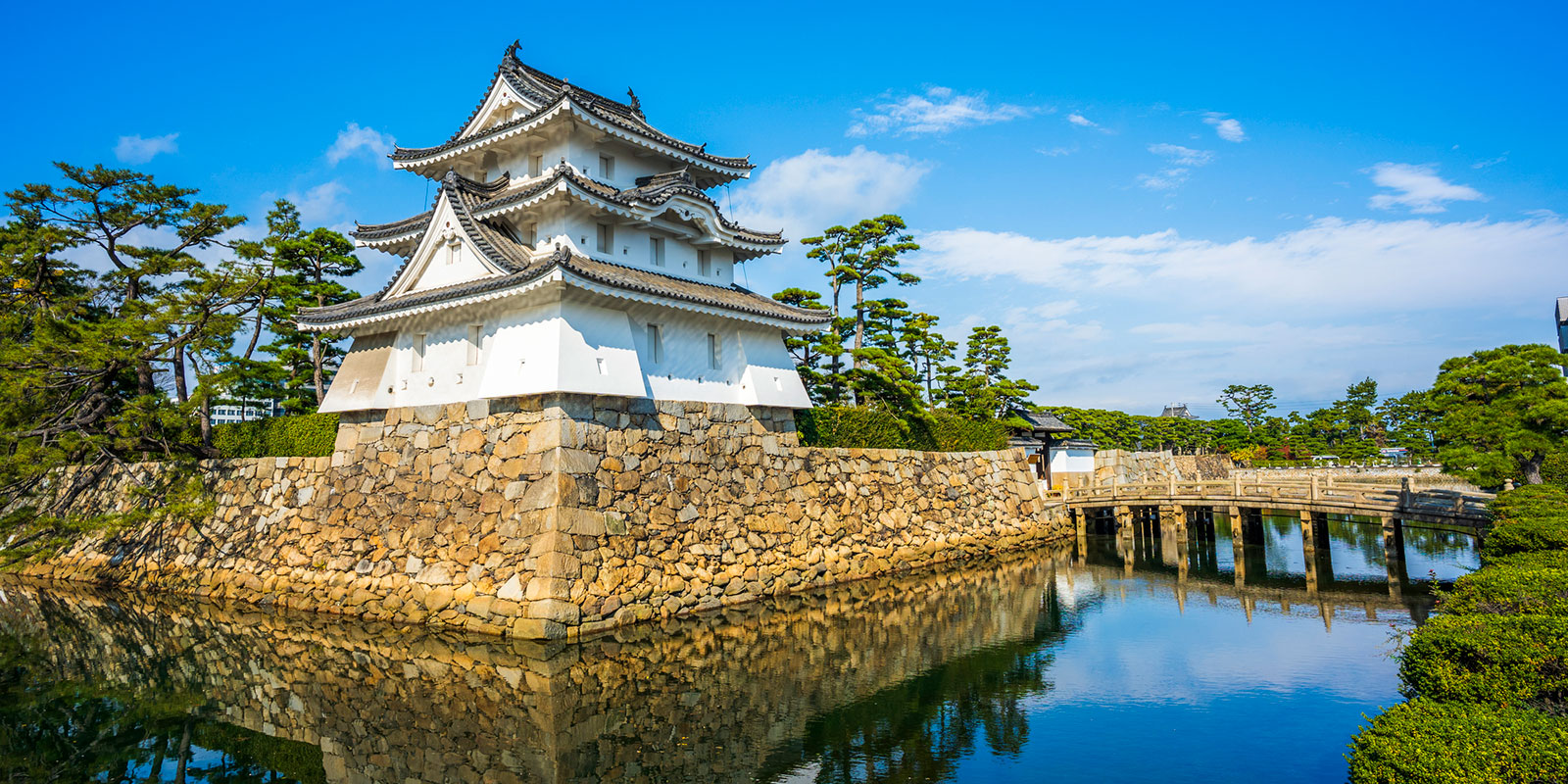 Turret of Takamatsu Castle | Bee/Pixta
Turret of Takamatsu Castle | Bee/Pixta
Takamatsu, Kagawa
Urban Development Ministers’ Meeting, July 7-9
The lowdown:
Situated by the Seto Inland Sea, port city Takamatsu is the capital of Kagawa, Japan’s smallest prefecture.
Why you should go:
Long before one of the biggest contemporary art festivals was launched in the Setouchi region in 2010, art and design played an important role in Takamatsu. Former Kagawa governor Masanori Kaneko (1907-1996) brought renowned architects and artists to the city for a fresh and modern makeover. Aside from admiring these stunning architectural designs from the mid-20th century, you can go even further back in time and visit Takamatsu Castle, one of Japan’s three great seaside castles.
Don’t miss:
Slurp a bowl of Sanuki udon noodles, a local specialty named after Sanuki Province, the area’s former name. The noodles are characterized by their chewy texture and are served in a flavorful broth made from small dried sardines.
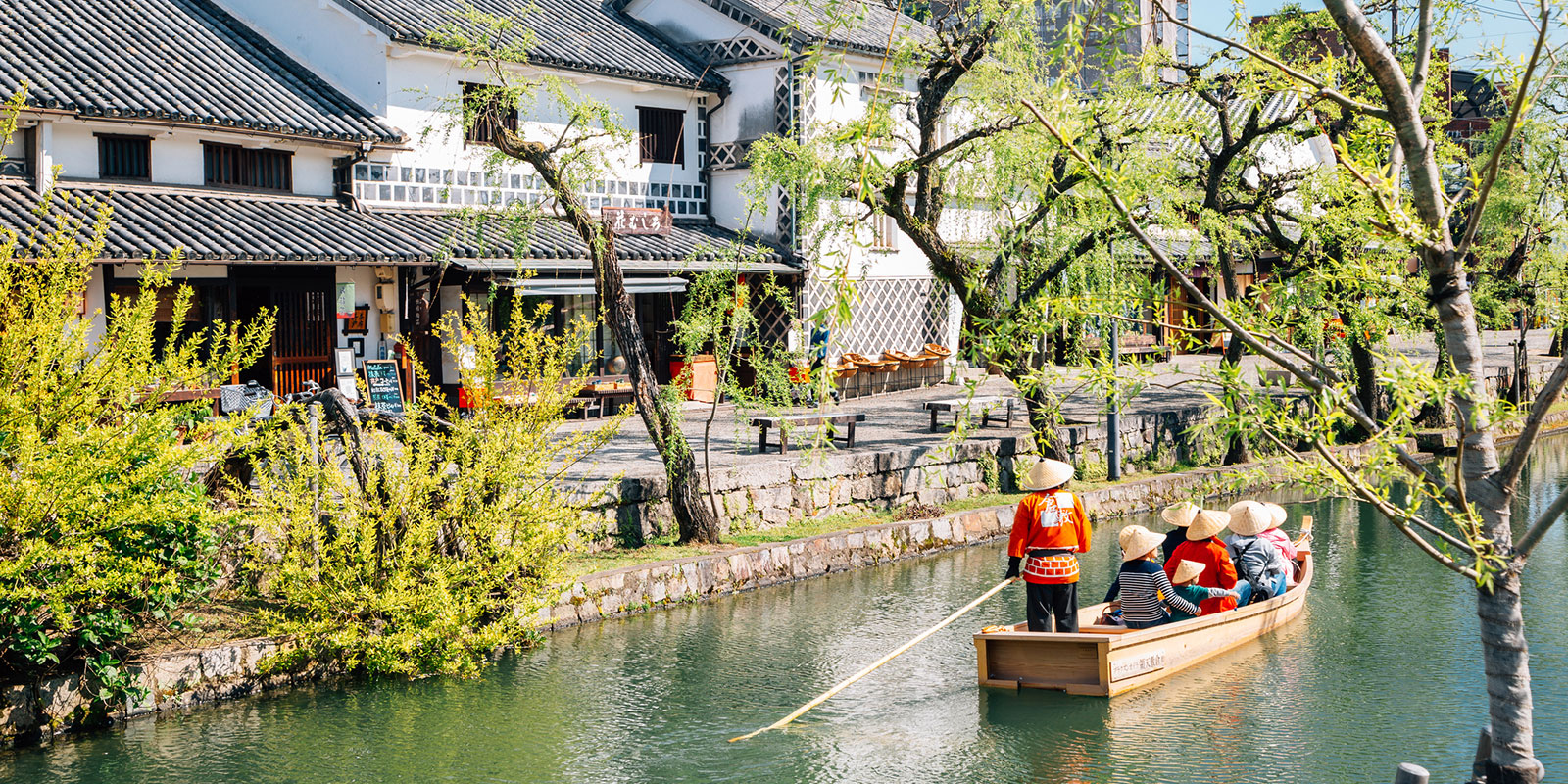 A boat tour through Kurashiki’s Bikan Historical Quarter | Sanga Park/Dreamstime
A boat tour through Kurashiki’s Bikan Historical Quarter | Sanga Park/Dreamstime
Kurashiki, Okayama
Ministerial Conference on Labor and Employment, April 22-23
The lowdown:
Located in Okayama prefecture, Kurashiki is known for its beautifully preserved Bikan Historical Quarter. This picturesque canal area with its historic storehouses dates back to the Edo period (1603-1867), when Kurashiki was an important rice distribution hub and the warehouses were used for storing the grain.
Why you should go:
Many of the historic storehouses have been turned into museums, shops, and cafes. The best way to explore the photo-worthy area is from a wooden boat that takes you up and down the narrow canal, which is lined by willow trees.
Don’t miss:
Kurashiki is the birthplace of the first pair of made-in-Japan jeans. The Bikan Historical Quarter is home to a small street lined by a number of stores selling locally produced high-quality indigo-dyed jeans and small denim souvenirs. You can even pick up a number of blue-colored street snacks sold along the road.
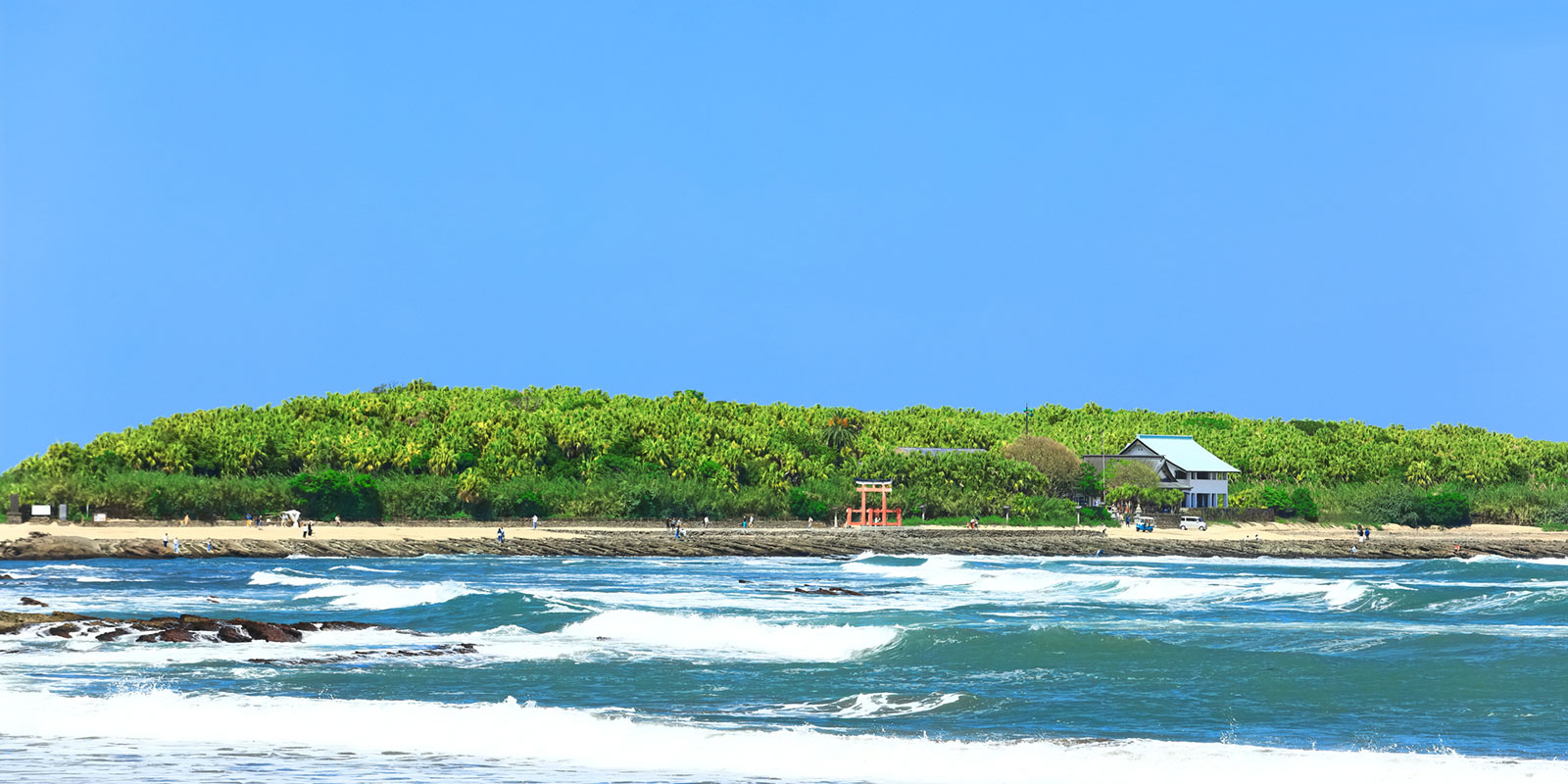 Aoshima island and the shrine’s torii gate | Kazukiatuko/Pixta
Aoshima island and the shrine’s torii gate | Kazukiatuko/Pixta
Miyazaki city, Miyazaki
Ministerial Conference on Agriculture, April 22-23
The lowdown:
Miyazaki is the capital of Miyazaki prefecture, situated on the south side of Kyushu, the southernmost of Japan’s main islands. The area is blessed with a mild climate thanks to the influence of the warm Kuroshio Current flowing in the Pacific Ocean.
Why you should go:
Miyazaki’s Aoshima district is one of the city’s most popular attractions. The palm tree-dotted town with its beautiful sandy beaches is the perfect spot for anyone who enjoys surfing, cycling and outdoor cafes. Off the coast you’ll find the small island of Aoshima, accessible via a bridge from the mainland. Here you can discover a beautiful seaside shrine, which is surrounded by a tropical forest.
Don’t miss:
Miyazaki beef is rated as one of Japan’s finest wagyu brands. For the best culinary experience, visit a local teppanyaki restaurant, where chefs will prepare the juiciest cuts right in front of you.
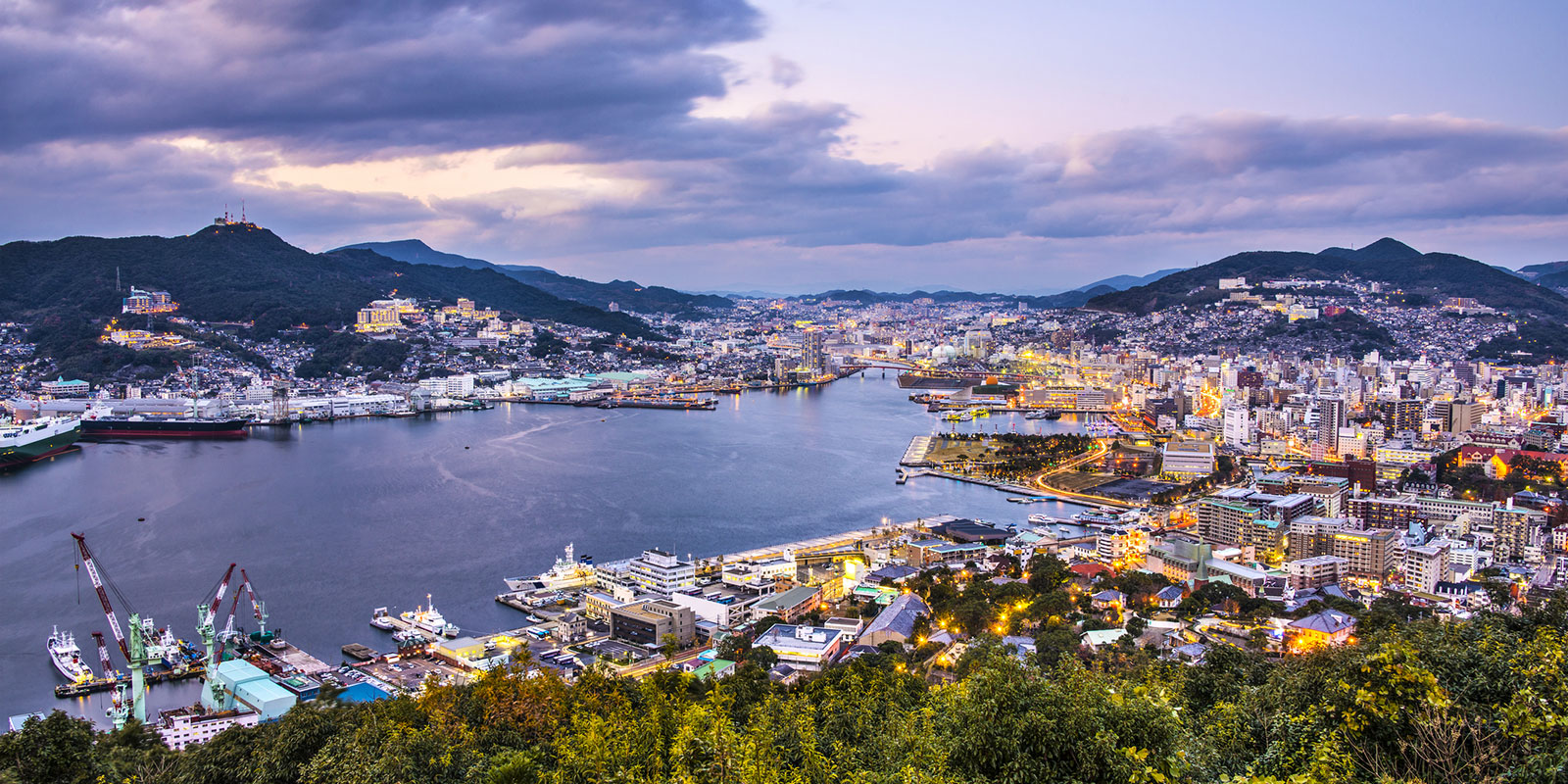 View of Nagasaki city | Sean Pavone/Dreamstime
View of Nagasaki city | Sean Pavone/Dreamstime
Nagasaki city, Nagasaki
Ministerial Conference on Health, May 13-14
The lowdown:
The capital of Nagasaki prefecture is located on the northwestern coast of Kyushu. After Hiroshima, Nagasaki was the second city that suffered from atomic bombing at the end of World War II in August 1945.
Why you should go:
Nagasaki was Japan’s early gateway to international trade. This influence can still be seen today, with beautifully preserved European-style homes and churches dotted across the city. More adventurous visitors can join a guided tour to Hashima, also known as Gunkanjima or “battleship island,” an abandoned island once used for coal mining.
Don’t miss:
Many of the city’s local specialties are inspired by foreign cuisines. Nagasaki chanpon, for example, is a noodle dish influenced by Chinese cooking, with topping options including pork, vegetables, and seafood. Round off your meal with a piece of traditional castella sponge cake, which was introduced by Portuguese missionaries.